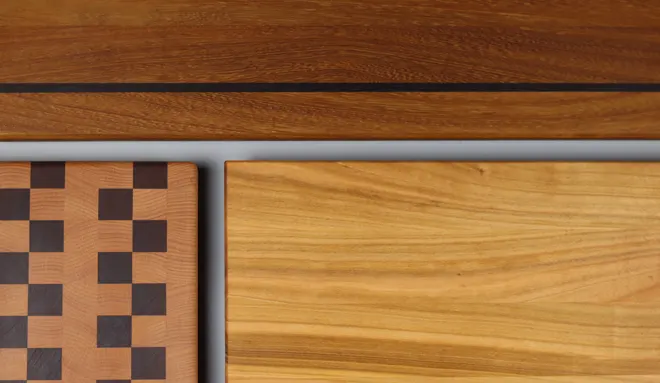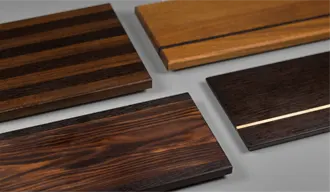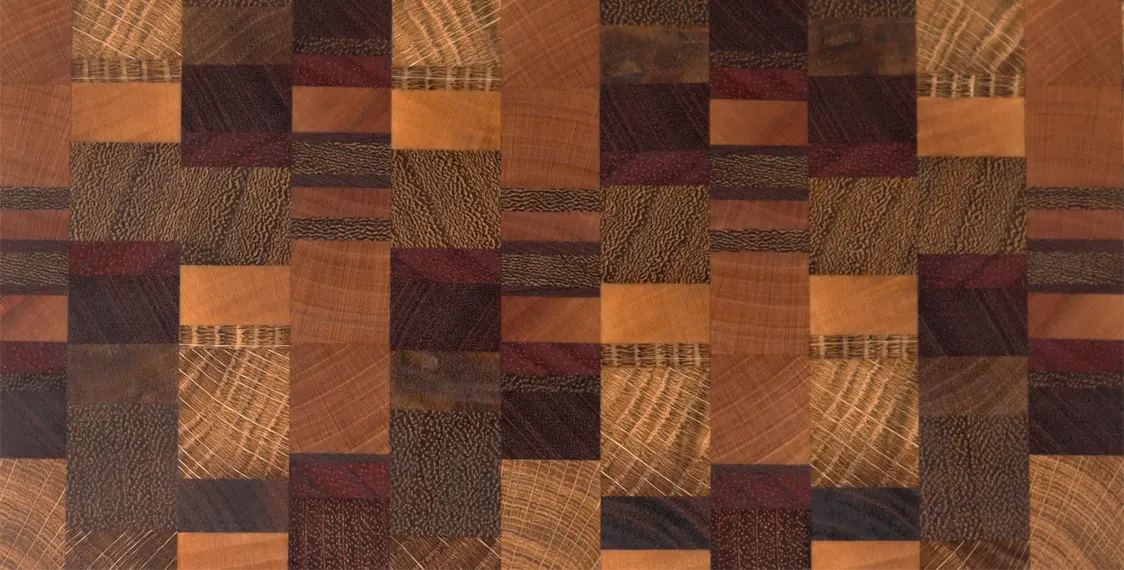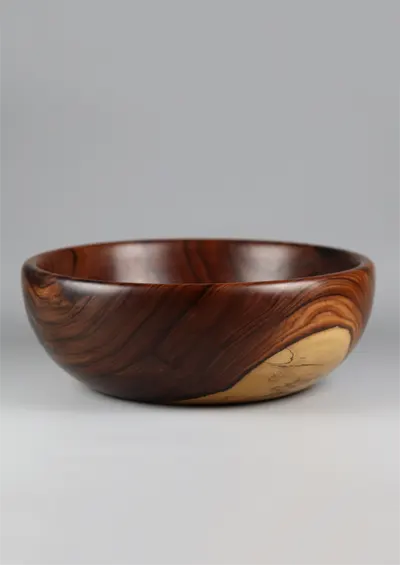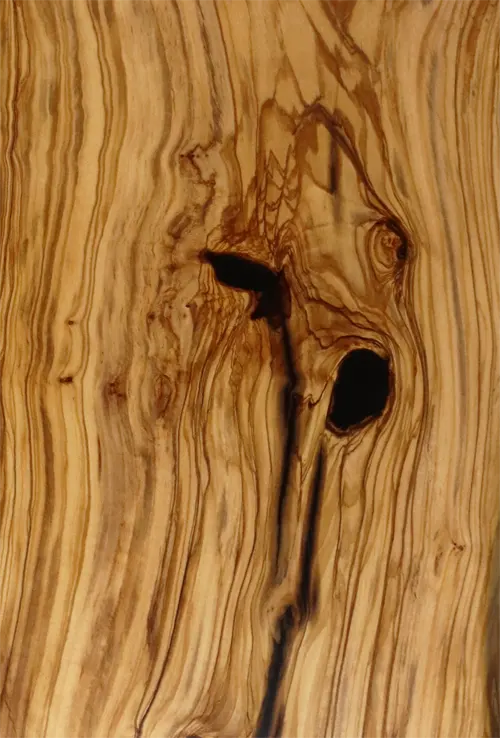Wooden Sushi Boards: A Complete Guide to Authentic and Elegant Presentation
Introduction
Wooden sushi boards are much more than just a stand: they are a key part of the Japanese dining experience.
Its use not only enhances the aesthetics of the dish, but also respects tradition and improves the presentation of sushi.
Why choose wooden sushi boards?
Wooden sushi boards offer a combination of functionality and aesthetics that makes them ideal for serving sushi.
The wood provides a natural surface that contrasts with the bright colors of the sushi, highlighting its freshness and quality.
In addition, its texture helps keep the pieces in place, preventing unwanted slipping during presentation.
Types of wooden sushi boards
1. Traditional Japanese tables
These boards are usually rectangular and made of light-colored wood, such as bamboo or Japanese cypress. Their simple and elegant design is perfect for an authentic sushi presentation.
2. Tables with compartments
Some boards include sections for placing soy sauce, wasabi, or pickled ginger, making for a more organized and practical sushi presentation for parties.
3. Custom tables
For those looking for a unique touch, there are personalized sushi boards, with engravings or special shapes that reflect the host’s personality or the theme of the event.

How to choose the right wooden board
When selecting a wooden sushi board, consider the following:
- Wood Type: Choose strong, fine-grained woods, such as iroko, hard maple, wenge, or other tropical woods, which are durable and easy to clean.
- Size: This will depend on the amount of sushi you plan to serve. For large events, opt for larger boards; for intimate dinners, individual sushi boards are ideal.

- Design: Look for a design that complements the aesthetics of your tableware and the style of your presentation.

Care and maintenance
To extend the life of your wooden board:
- Cleaning: Hand wash the board with warm water and mild soap. Avoid submerging it in water or placing it in the dishwasher.
- Drying: Dry immediately with a clean cloth to prevent moisture absorption.
- Oiling and Waxing: Periodically apply food-safe mineral oil or cutting board wax to keep the wood moisturized and prevent cracking.
Frequently Asked Questions (FAQ)
What advantages does a wooden sushi board offer over other materials?
Wood provides a natural surface that enhances the sushi presentation and prevents pieces from slipping. It’s also traditionally used in Japanese culture, adding authenticity to the experience.
Can I use the same board to cut and serve sushi?
It’s a good idea to have separate boards for cutting and serving. Cutting boards can have marks that aren’t ideal for food presentation.
How do I prevent my wooden board from absorbing odors?
Clean the board immediately after use and avoid leaving food with strong odors on it for extended periods. Mineral oil also helps create a protective barrier. Ligna sushi boards have a durable finish to prevent odor absorption.
Are bamboo boards suitable for sushi?
Yes, bamboo is a popular choice due to its strength, lightness, and natural antibacterial properties.
Where can I purchase a quality wooden sushi board?
There are several specialty and online stores that offer a wide range of sushi boards. Look for those that use quality wood and offer a manufacturing guarantee.
Is it necessary to oil the board before first use?
Yes, applying mineral oil before first use helps protect the wood and prolong the life of the board.
A wooden sushi board is not only a functional utensil, but also a piece that enriches the culinary experience, bringing authenticity and elegance to every presentation. Whether for an intimate dinner or a grand celebration, choosing the right board will make all the difference in your sushi presentation.
Otras entradas del blog
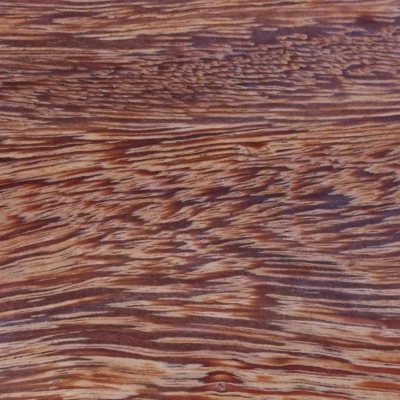
Sucupira Wood: Uses and Characteristics

Kotibé Wood: Uses and Characteristics

Cutting Board Oil: A Complete Guide to Options and Recommendations

Redwoods: Complete Guide
Nuestras tablas de cortar:
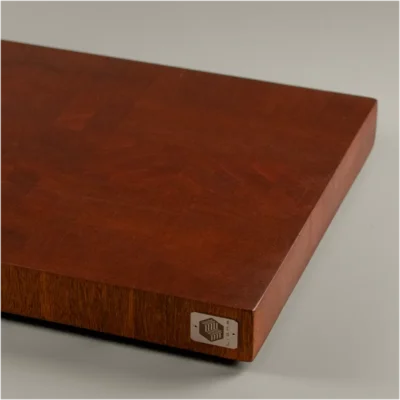
sapele end grain
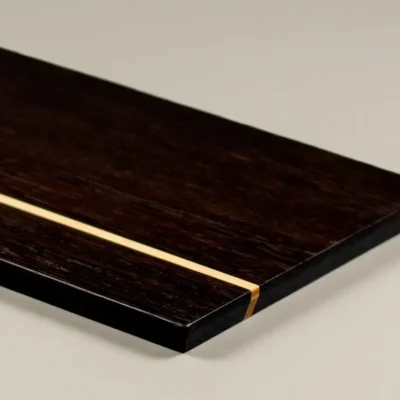
NIGRA
serving board
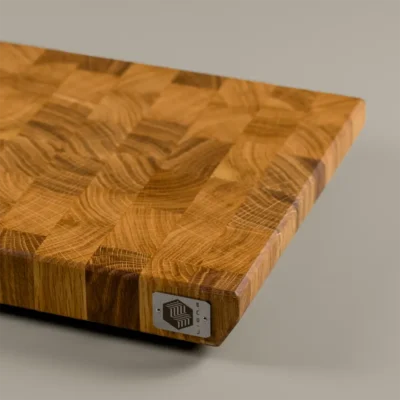
Pura
Oak oak butcher block
Pura
Oakoak butcher block
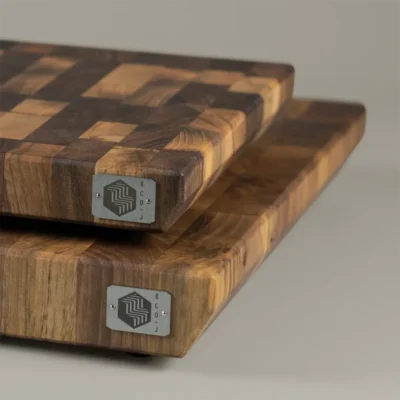
Pura
Walnut walnut butcher block
Pura
Walnutwalnut butcher block
